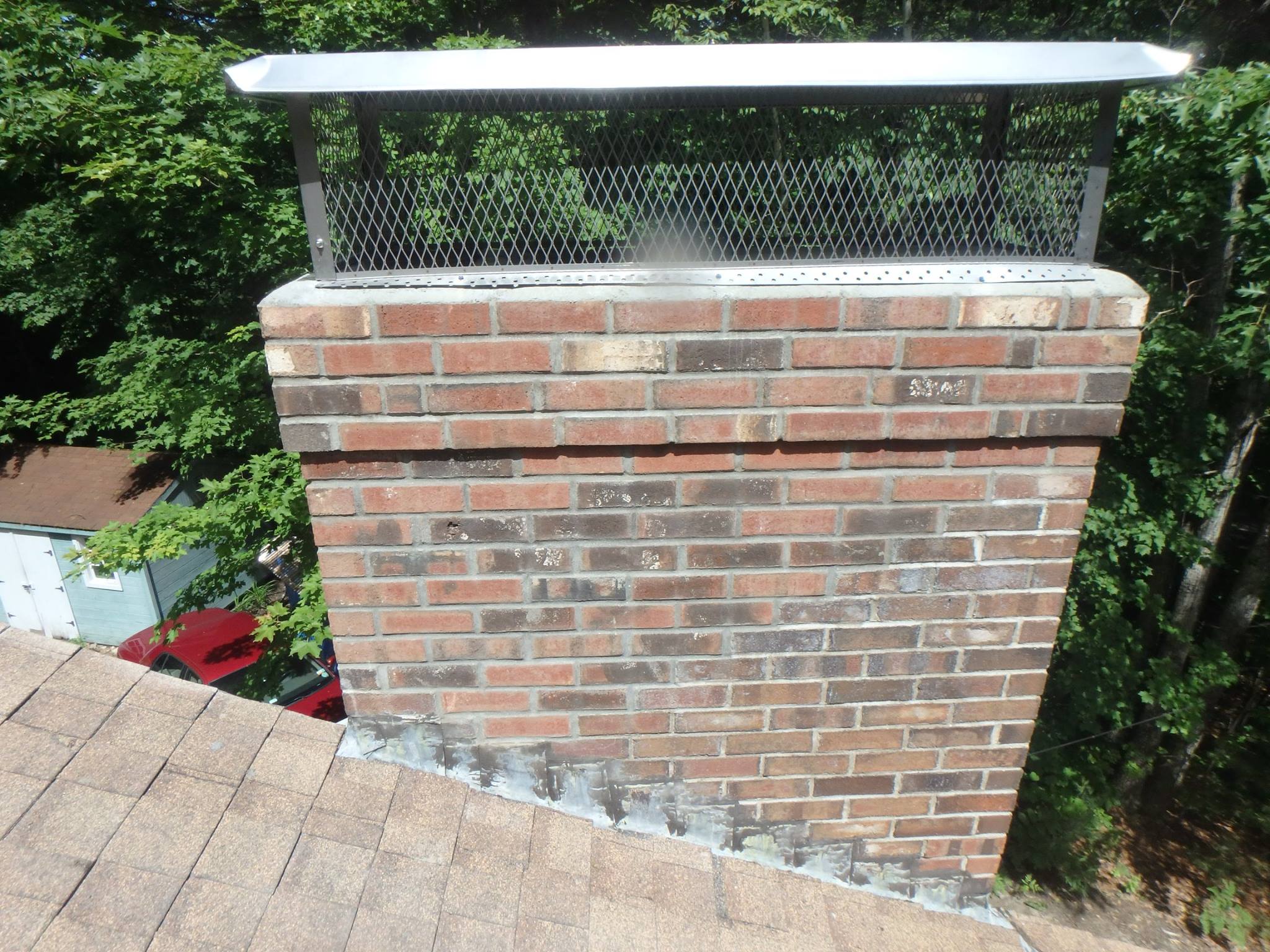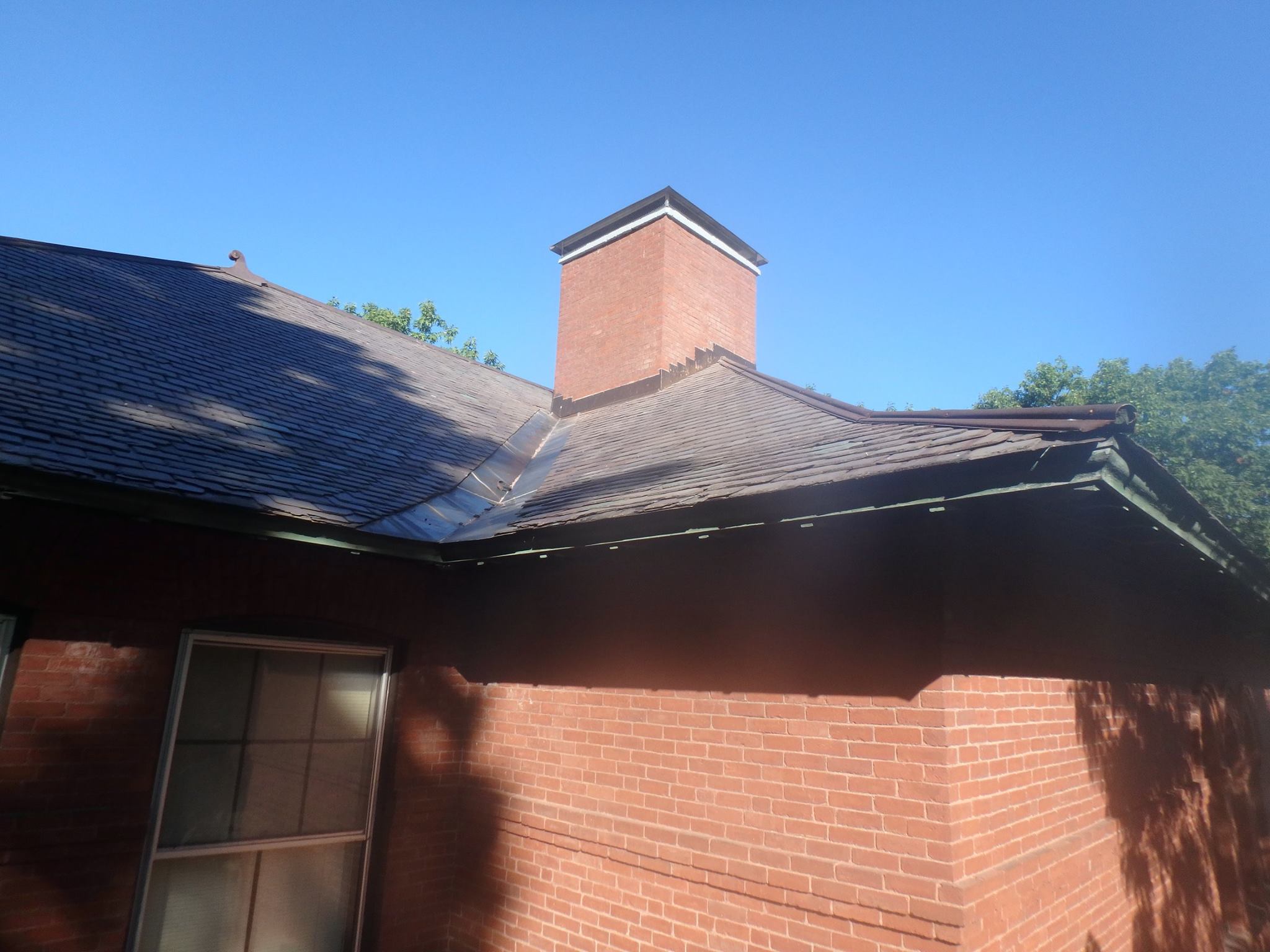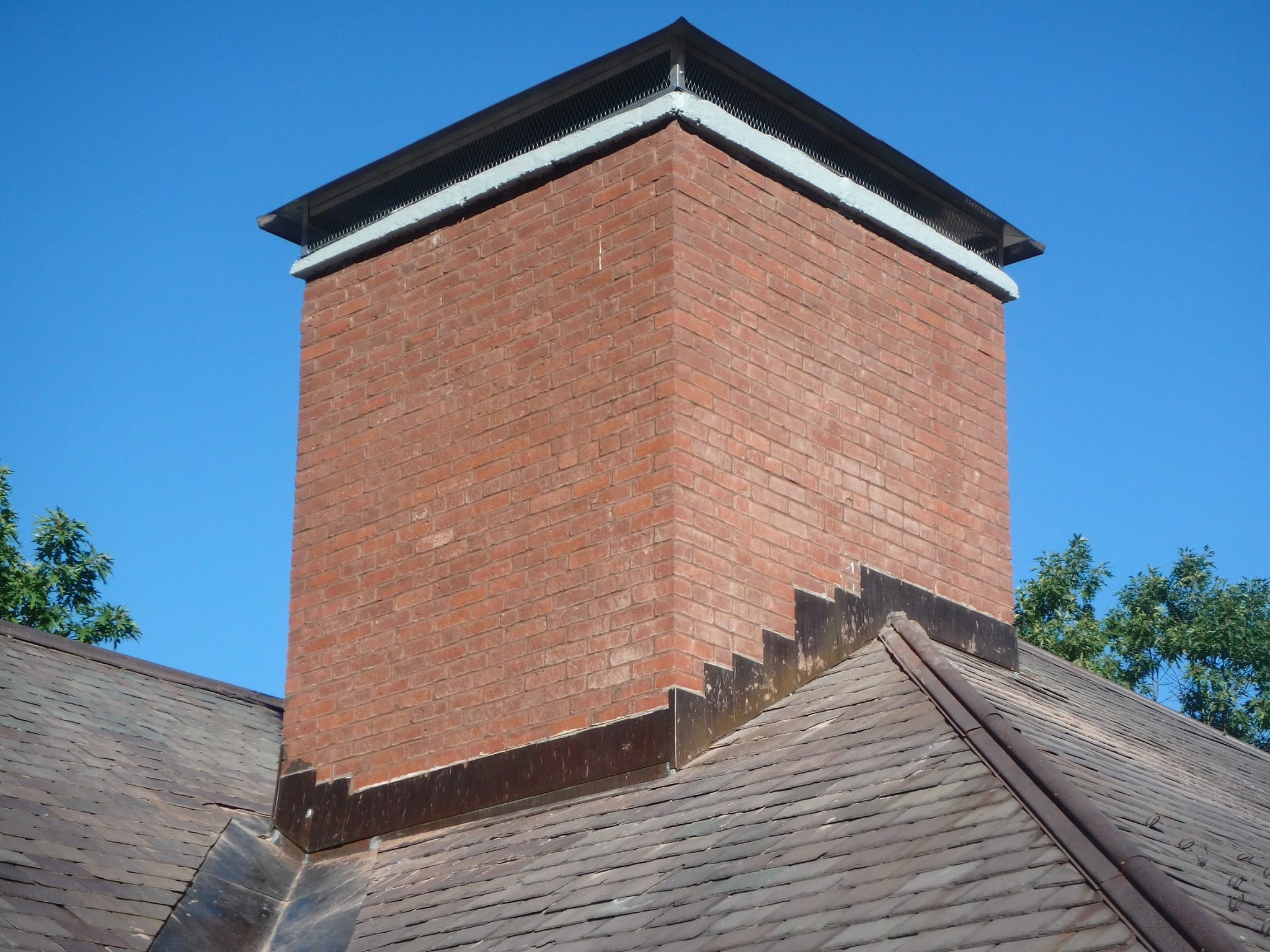Major Problems Chimney Caps prevent.
Many homeowners tend to be ambivalent over the uses and potential benefits of a chimney cap. To many, this seems like just another useless addition to their property, but that couldn’t be further from the truth.
Chimney caps actually work to prevent a lot of problems, which we’ll talk more about in just a moment. It’s also worth noting that chimney caps, like any other improvement to your property, will increase the value of your home during a potential valuation. Because of the many benefits of having a chimney cap installed, this one little step will not only save you a lot of grief but also pay for itself if you ever decide to sell your property.
- Keeping out wild animals.
Perhaps the biggest and most obvious advantage of installing a chimney cap is that it serves to keep wild animals out of your chimney. Now, why would an animal want to crawl down your chimney, you might be wondering? Well, the thing about human homes is that they’re usually quite attractive for wild animals, as they are sources of all three things that animals are most actively searching for – food, water, and shelter.
So the first reason why a wild animal might want to crawl down a chimney is to ensure a constant source of food, water, and warmth. Not only that, but since chimneys are fairly protected and difficult to access, they also provide smaller animals, like squirrels, or raccoons, with protection against predators. Visit wildlife-removal.com to learn more about wild animals.
The main problem with animals in your chimney is, aside from the obvious destruction they might cause, that at wintertime, you will want to light a fire. And when you do, the animals nesting inside your chimney may either get trapped in there and even if they manage to get out, they will leave behind their nesting material. Since both animals and nests act as great kindling, it’s prudent to install a chimney cap.
- Keeps out the rain.
A chimney cap is also a great idea for your home, as it prevents rain from getting into the chimney, and through that, into the house. If enough rain gets into your chimney, it can cause swelling, decay, and long-lasting damage to your walls, attic, and so on.
Since chimney caps are keeping rain and other elemental damage from getting inside the chimney, they also protect the integrity of the chimney itself. In time, being exposed to harsh elements can lead to serious damage to your chimney, which in turn, can pose a fire hazard that risks destroying the entire home.
- It can also reduce downdrafts.
When strong winds are constantly getting into your chimney, this can cause the smoke to fill the home, and also make the home itself quite chilly. A chimney cap, fortunately, can act as a potent deterrent, and reduce the wind that gets inside. This will make your home more energy-efficient (which is another reason why a chimney cap is valuable during valuation).
- Stop sparks getting out.
Sparks flying out of the chimney can be a serious concern, particularly if you live in a dry climate. In this case, it’s easy for a few errant sparks to get out, and set the entire roof ablaze. Fortunately, the wire mesh of the chimney cap works well as a spark deflector.
On the other hand, it’s this same wire mesh that can become hazardous, as it accumulates creosote This is flammable, and will also make it harder to get a fire going. So keep in mind that a chimney cap will need to be cleaned regularly, to maintain its efficiency.



